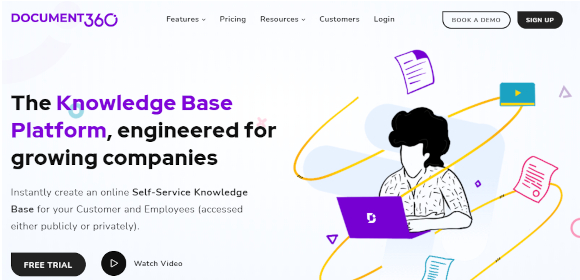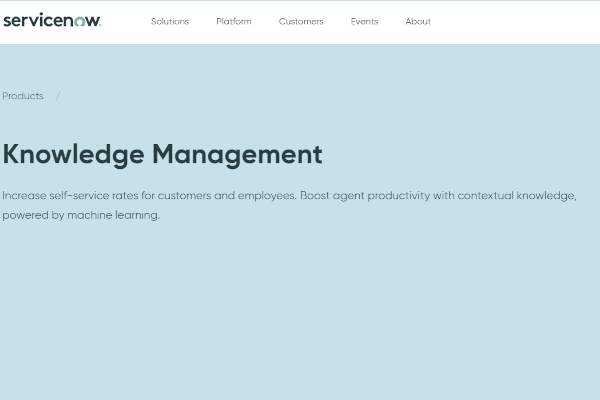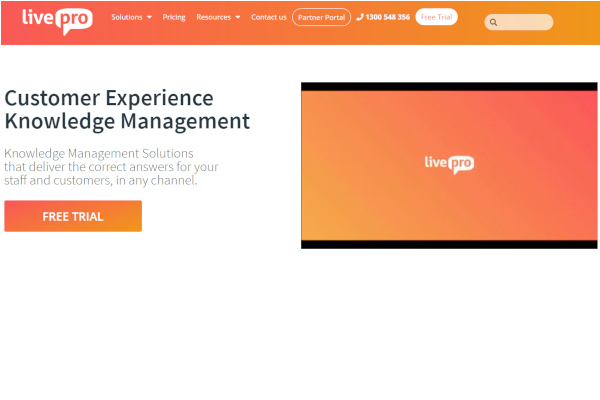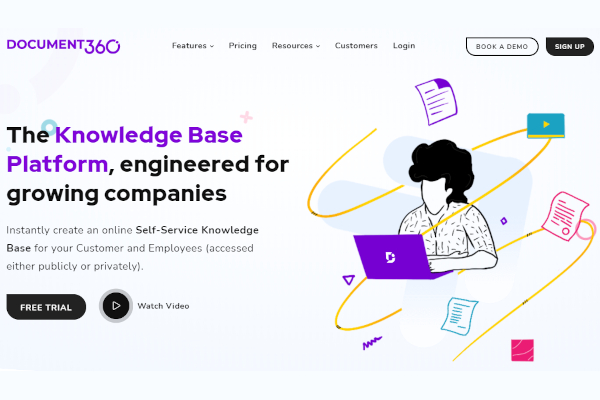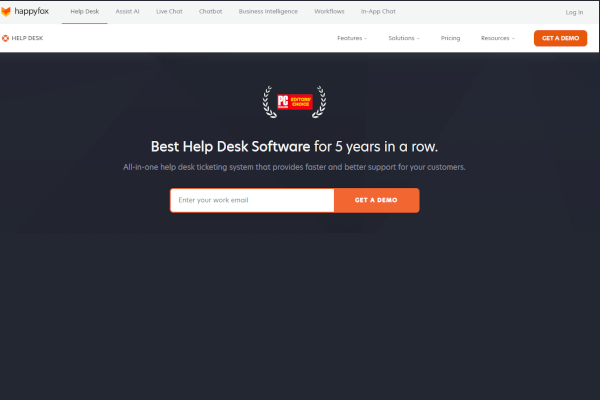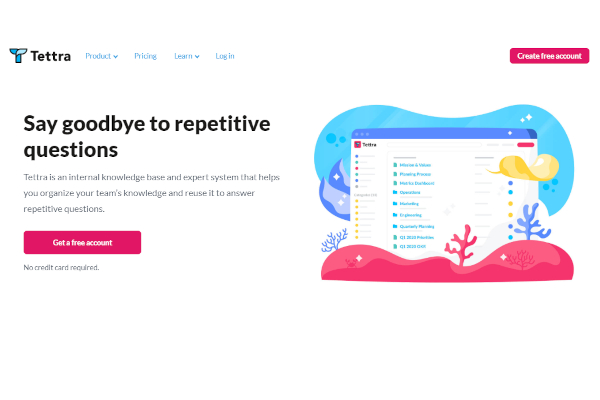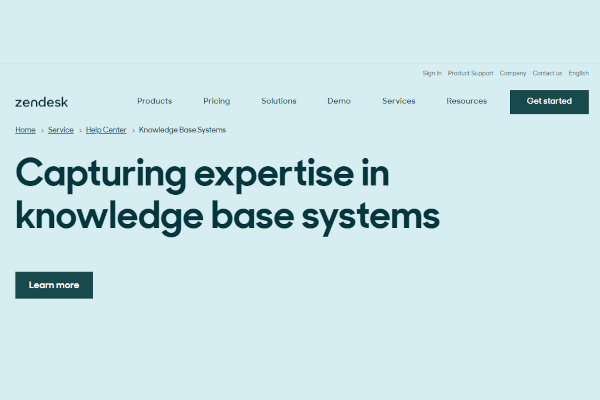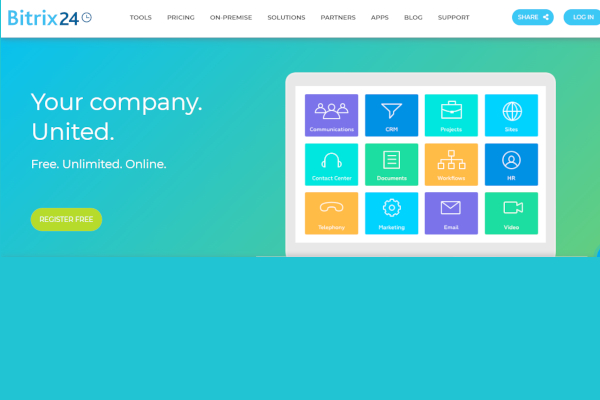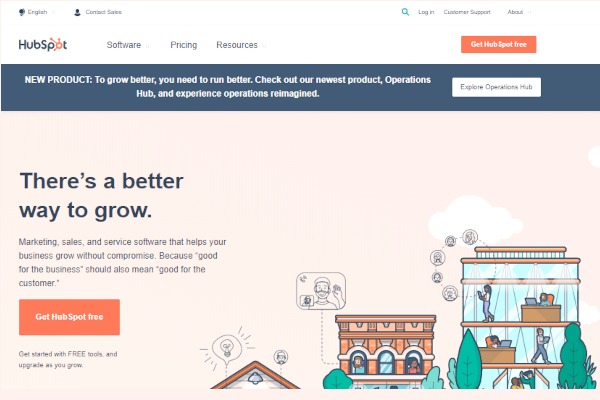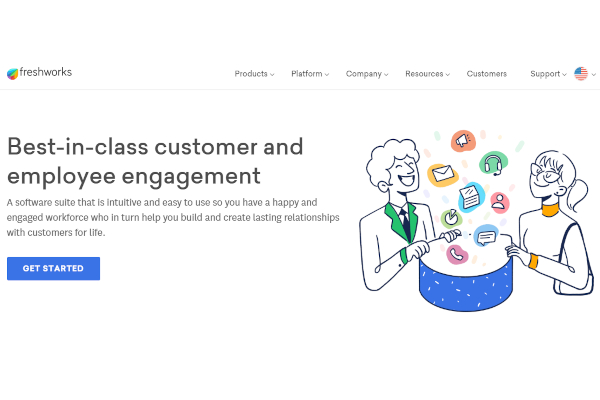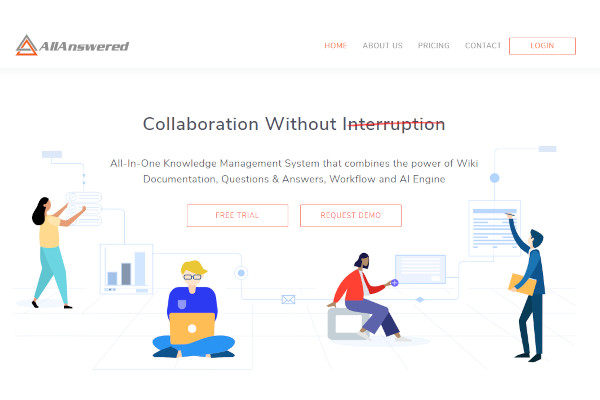Many companies rush into a knowledge management solution to reap the benefits without first understanding the goals they want to achieve or how they can implement and follow best practices for managing their knowledge assets over time. Successful knowledge management software boosts employee efficiency, product and service quality, and deliverable consistency by leveraging intellectual and knowledge-based assets.
15+ Knowledge Management Software
1. ServiceNow Knowledge Management
2. Livepro Knowledge Management
3. Document360
4. HappyFox
5. Bloomfire
6. Tettra
7. Confluence
8. Zendesk
9. Guru
10. Bitrix 24
11. Knowmax
12. HubSpot
13. Freshworks
14. IBM
15. KPS
16. AllAnswered
What Is a Knowledge Management Software?
Knowledge management software encourages and embraces an organized approach to finding, capturing, assessing, extracting, and exchanging information assets, with a strong emphasis on “how”—how to complete a mission, deal with a situation, and complete the work. Text documents, photographs, audio and video files, and other data types are among the assets handled by knowledge management software. The process of gathering, sharing, and efficiently utilizing knowledge and making an organization’s data and information accessible to its members, stakeholders, and consumers is known as knowledge management.
How Does Knowledge Management Implementation Help?
This four-step process will assist you in anticipating common problems, minimizing risks, and maximizing rewards.
This strategy was created using tried-and-true activities for launching every new organizational initiative. The early phases are concerned with policy, preparation, and collecting specifications, while the later stages are concerned with implementation and continuous improvement.
1. Determine the goals of your knowledge management program.
Consider and express the ideal end state before choosing a method, establishing a procedure, or designing workflows. Establish relevant program goals, define and document market issues that need to be addressed, and business factors that will provide traction and rationale for the implementation. Short- and long-term strategies that solve business issues and help business drivers should be recorded. Short-term goals should aim to confirm that the program is on track, while long-term goals would aid in creating and communicating the big picture.
2. Be ready for change.
Knowledge management is more than just a technological solution; it’s a cultural shift. Employees would almost certainly have to reconsider how they communicate the information they acquire and grow. The fact that organizations overwhelmingly reward individual success is a common roadblock to increasing information sharing. Implementing a new knowledge management program can necessitate changes in the organization’s standards and shared values, which some people can oppose or even try to suppress. Prepare to navigate the cultural transition to will the adverse effects. Identify knowledge-management champions around the company who will promote knowledge-sharing behaviors within their divisions while also providing critical input to the implementation team.
3. Determine and prioritize the technology requirements.
It’s time to decide what kind of technology can help you improve and simplify your knowledge management activities. Based on the program goals identified in step one and the process controls and requirements specified in step three, you will decide and prioritize your knowledge management technology needs. The market for knowledge management solutions is vast and diverse; it is critical to understand the key providers, the cost and benefit of each form of technology, and how each solution can help achieve your goals. Learn about the tools that workers are already using and what works and does not work for them. Don’t buy new technology without first deciding if the current technologies are meeting your needs. If there is widespread support and a need for improved computing and automation, you can also postpone making expensive technology decisions until the knowledge management program is well underway.
4. Measure and enhance knowledge management program.
You’ll need a way to assess your efficiency and equate it to expected outcomes. Set some benchmark metrics, if necessary, to get a snapshot of the organization’s success before launching the knowledge management program. Then, after implementation, trend the latest findings and compare them to the old ones to see how much they’ve progressed. The company would need time to become proficient with the latest procedures and enhancements. The outcomes should follow suit over time.
FAQs
What is the concept of a knowledge management tool?
Organizations use knowledge management software to share information both internally and externally. Customer experience management systems, learning management systems, and information bases are examples of knowledge management methods.
What is the aim of a knowledge base?
A knowledge base is a documentation set that usually contains answers to commonly asked questions, instructions for manipulation, and troubleshooting.
What is the definition of good information management?
A good knowledge management approach keeps track of what data is available and helps the agents expand on previous work. Instead of wasting money and duplicating information, use analytics will help recognize actual knowledge gaps.
It takes time and money to implement comprehensive knowledge management software, but the results can be spectacular. You can also reduce risk by taking a step-by-step approach that yields positive results at each point. Organizations that make this type of investment in knowledge management see immediate benefits. They improve their top and bottom lines by reducing cycle times, increasing performance, improving decision-making, and expanding the use of validated solutions around the organization.
Related Posts
10+ Best Chemical Software for Windows, Mac, Android 2022
12+ Best Vulnerability Scanner Software for Windows, Mac, Android 2022
4+ Best Bundled Pay Management Software for Windows, Mac, Android 2022
10+ Best Trust Accounting Software for Windows, Mac, Android 2022
10+ Best Patient Portal Software for Windows, Mac, Android 2022
13+ Best Virtual Reality (VR) Software for Windows, Mac, Android 2022
12+ Best Bed and Breakfast Software for Windows, Mac, Android 2022
15+ Best Resort Management Software for Windows, Mac, Android 2022
14+ Best Hotel Channel Management Software for Windows, Mac, Android 2022
12+ Best Social Media Monitoring Software for Windows, Mac, Android 2022
10+ Best Transport Management Software for Windows, Mac, Android 2022
10+ Best Other Marketing Software for Windows, Mac, Android 2022
10+ Best Top Sales Enablement Software for Windows, Mac, Android 2022
8+ Best Industry Business Intelligence Software for Windows, Mac, Android 2022
10+ Best Insurance Agency Software for Windows, Mac, Android 2022
